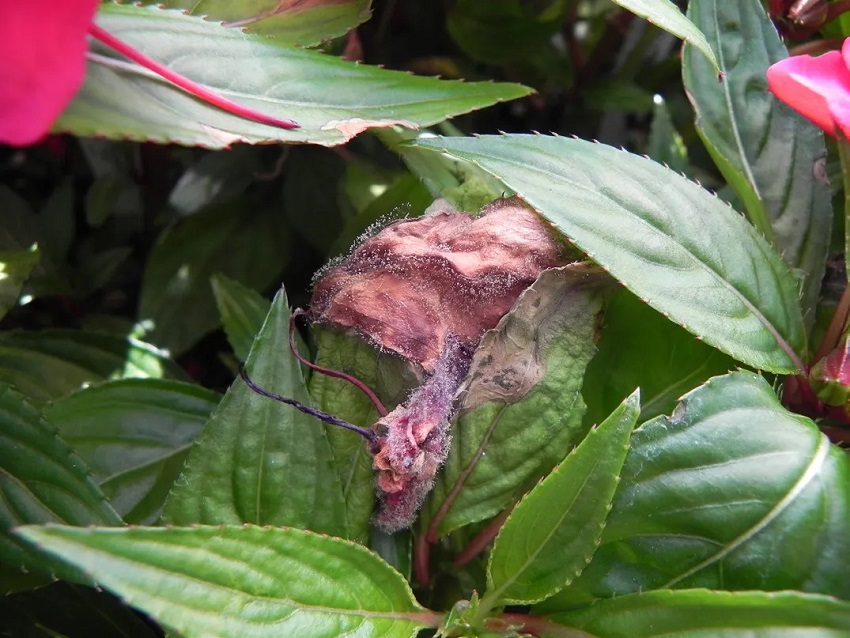Growing peonies is a delightful experience that requires patience and care. To ensure healthy growth of your peonies, it’s essential to understand the peony growth stages. In this comprehensive guide, we will walk you through the steps to successfully grow peonies and get vibrant blooms in no time. Whether you are a seasoned gardener or a beginner, these tips and tricks will help you achieve stunning peony flowers that will leave your neighbors in awe.
Choosing the Right Peony Varieties
When it comes to growing peonies, selecting the right varieties is crucial. There are three main types of peonies to consider: herbaceous, tree, and intersectional (Itoh) peonies. Each type has its unique characteristics, and choosing the right one will ensure success in your garden.
- Herbaceous Peonies: These are the most common and popular peonies. They have lush green foliage and produce stunning flowers in various colors. Herbaceous peonies die back to the ground in winter and reemerge in spring.
- Tree Peonies: Tree peonies are known for their woody stems and large, showy blooms. They can grow into small shrubs and provide a focal point in any garden. Tree peonies are more delicate and require some extra care compared to herbaceous varieties.
- Intersectional (Itoh) Peonies: Intersectional peonies are a hybrid of herbaceous and tree peonies. They offer the best of both worlds, combining the robustness of herbaceous peonies with the striking flowers of tree peonies. They are also known for their extended blooming period.
Site Selection and Soil Preparation
Peonies thrive in well-draining soil and prefer a sunny location. Follow these steps to ensure your peonies have the perfect growing conditions:
- Choose a sunny spot: Peonies require at least 6-8 hours of direct sunlight daily to produce abundant blooms. Select a location in your garden that receives ample sunlight.
- Prepare the soil: Peonies prefer fertile, loamy soil with a slightly acidic pH. Before planting, amend the soil with organic matter such as compost or well-rotted manure to improve drainage and fertility.
- Clear the area: Remove any weeds or grass from the planting area. Peonies don’t compete well with other plants, so ensuring a weed-free environment is essential.
Planting Peonies Properly
Now that you have chosen the right peony varieties and prepared the site, it’s time to plant your peonies. Follow these steps for successful planting:
- Dig the hole: Dig a hole that is wide and deep enough to accommodate the peony’s root system. The hole should be approximately 2 feet wide and 1 foot deep.
- Add compost: Mix some compost or well-rotted manure into the bottom of the planting hole to provide additional nutrients.
- Place the peony: Gently place the peony in the hole, ensuring that the eyes (buds) are facing upwards. The eyes should be no more than 2 inches below the soil surface.
- Backfill the hole: Gradually backfill the hole with soil, firming it gently around the roots. Avoid planting too deep, as this can inhibit blooming.
- Water thoroughly: After planting, water the peony thoroughly to settle the soil and remove any air pockets around the roots.
Caring for Peonies for Optimal Growth
To ensure your peonies grow quickly and produce abundant flowers, it’s important to provide them with proper care and maintenance. Here are some essential tips:
- Watering: Peonies require regular watering, especially during dry spells. Keep the soil consistently moist but not waterlogged. Deep watering once a week is usually sufficient.
- Mulching: Apply a layer of organic mulch around the base of the peonies to help retain moisture, suppress weed growth, and regulate soil temperature.
- Fertilizing: Feed your peonies with a balanced, slow-release fertilizer in early spring and again after they have finished blooming. Follow the manufacturer’s instructions for application rates.
- Supporting the stems: As your peonies grow, the heavy flower heads may need support to prevent them from drooping or breaking. Install peony rings or stakes around the plants early in the season to provide necessary support.
- Deadheading: After the blooming season, remove the spent flowers to prevent seed production and promote energy storage for next year’s blooms.
- Winter care: In late fall, cut back the herbaceous peony foliage to the ground. Mulch the base of the plant with a layer of straw or leaves to protect it during the winter months.
Common Pests and Diseases
While peonies are generally resilient, they can still be susceptible to certain pests and diseases. Here are a few common issues to watch out for:
- Botrytis Blight: This fungal disease can cause grayish-brown spots on the foliage and flowers. To prevent its spread, remove and destroy any infected plant material.
- Peony Wilt: Wilted, blackened stems and foliage are signs of this disease. Remove and destroy affected plants and ensure good airflow around the peonies.
- Peony Leaf Miners: These pests create tunnels in the leaves, causing them to turn brown and curl. Handpick and destroy infected leaves or use appropriate insecticides if necessary.
Enjoying the Fruits of Your Labor
With proper care and attention, your peonies will reward you with their stunning blooms year after year. Whether you choose the traditional herbaceous peonies, the elegant tree peonies, or the hybrid Itoh peonies, their beauty and fragrance will surely captivate you and anyone who visits your garden.
Now that you have the knowledge and tools to grow peonies fast, it’s time to roll up your sleeves and get started. Embrace the joy of gardening, and let the vibrant colors and alluring scents of peonies fill your outdoor space. Happy growing!





